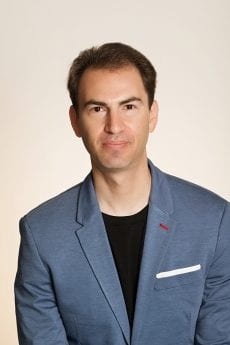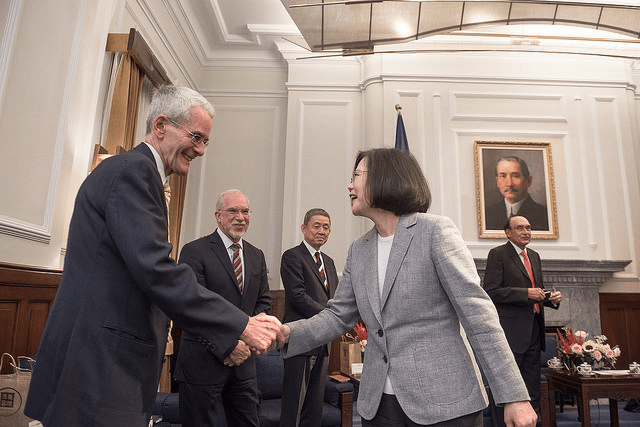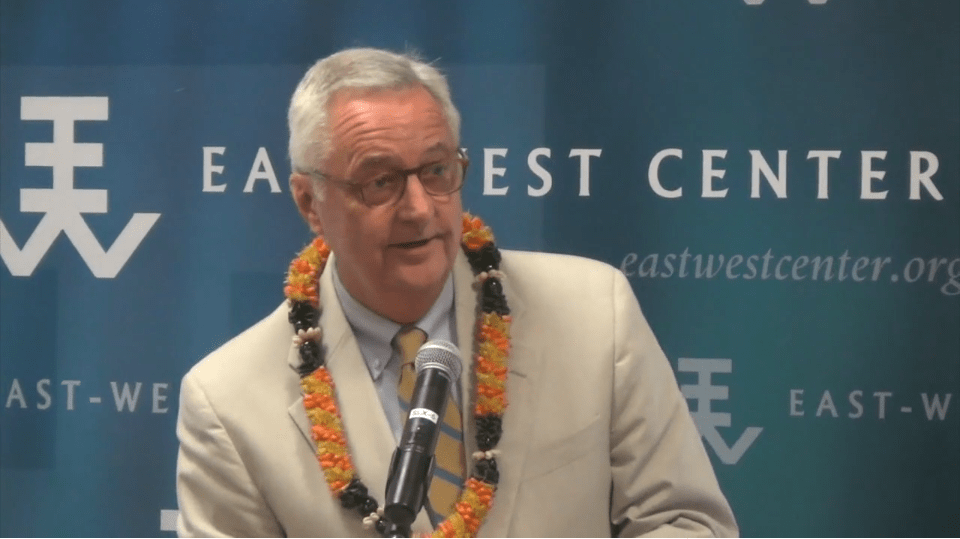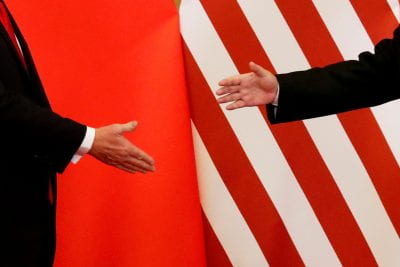
Reset and Realism in India-China Relations
Originally published by China-India Brief #115, Centre on Asia and Globalisation, Lee Kuan Yew School of Public Policy, on April 25, 2018 – May 8, 2018. Original publication.
Following a season of diplomatic tensions and a military face-off in Doklam, China and India seem to have embarked on a different path in Wuhan. Many observers have called the surprise informal summit in April 2018 between Prime Minister Narendra Modi and President Xi Jinping in the Chinese city a “reset” in India-China relations. With this, the American practice of the “reset” idea with Russia and China has now arrived in South Asia. It has been met with both criticism and praise, with international relations analysts of the realist ilk most critical of India. Why is the concept of “reset” so highly popularized, and conversely, how well does the realist critique hold up in the case of India-China relations?
Reset and Great Power Relations
It is hardly surprising that the idea of a reset in great power relations captures the popular imagination. A deteriorating trend in relations between major rival states is unsettling. When it happens between large and important territorial foes, it is even more so. When contentious behaviour begins to lead to a clear downward spiral, the biggest challenge for state leaders is how to change course; a reset seems to have become a choice diplomatic tool in recent years. US Secretary of State Hillary Clinton even gave her Russian counterpart an actual red reset button in 2009 after a particularly fraught year.
But for those whose thinking is shaped by the realist theory of international relations (especially as postulated by John Mearsheimer), showing any sign of weakness is even more dangerous than correcting course. In the case of India and China, they argue that the competition between the adversaries is structural in nature, something that a simple reset cannot fix. Further, realists assert that the benefits of a reset right now will only go in favour of China—five times richer and three times more militarily powerful than India. They criticize the Indian government for not holding out for real moves by Beijing to settle their disputed border and even more importantly, taking into account India’s huge discomfiture with the China-Pakistan Economic Corridor (CPEC) section of the Belt and Road Initiative (BRI). Most of all, they lament the reset as an indication of India caving in or appeasing China despite having shown signs of willingness to finally “stand up” to its rival in 2017—militarily in Doklam and diplomatically by boycotting the BRI Summit.
While the realist argument has a certain intuitive persuasiveness, on closer inspection it has several shortcomings that need to be kept in mind when looking at the India-China “reset.” First of all, realism takes away leadership agency and suggests that structural factors have to be determining at all costs. Secondly, it downplays the balance of interests between India and China that may dominate balance of power considerations at this particular conjuncture. And thirdly, it does not sufficiently take into account the global uncertainty unleashed by President Donald Trump and its impact on Indian strategic options.
Realism and its Shortcomings on the Reset
The underlying pessimism of conventional realist theory is rooted in the importance given to international power structure and, by extension, the lack of capacity on the part of individual leaders to determine outcomes. President Richard Nixon’s historic reset with China in 1972 most graphically calls into question this assertion. Not only that, Nixon managed to effectively confer great power status on a country that was not much different from other developing countries in Asia, with high rates of poverty and resource scarcity and no global economic position to speak of. Constructivists would suggest that the meaning of particular structures can be shaped or interpreted by leaders in different ways . In other words, leaders are not doomed to be prisoners of structure or pessimistic realist thinking for that matter. Xi is in an especially powerful position to make major policy changes after consolidating his position with the lifting of term limits. Given the ruling Bharatiya Janata Party (BJP)’s image as being tough on foreign policy, Modi may be in the unique position of being able to engineer closer ties to China even after Doklam and CPEC. And when Xi gives “strategic guidance” to the military to maintain peace on the Himalayan border where China has some advantage, and Modi agrees to a joint economic project in Afghanistan where India has great credibility, it could portend real change.
Realism’s emphasis on balance of power variables invariably overlooks the possibility that balance of interests on other issues can be as important or even more important. For both countries, reaching developed country status in a comprehensive manner is an enduring objective. This is especially important for India, and under both Congress and BJP governments since 1991, the strategic edge of India’s engagement with Southeast and East Asia has remained economic. The widening trade deficit with China has dampened Indian enthusiasm on the economic front. Realists will point out that growing economic ties have not translated into more cooperative strategic behavior by China and that the logic of military competition is more compelling. At the same time, it could be countered that the only viable way to address this is through dialogue, not stand offs as the hard realists would have it. A downward spiraling military competition is certainly not going to solve the economic imbalances, and it could very well derail India’s development priority.
Finally, the role of the United States in Asia’s regional security environment is highly uncertain under President Donald Trump. The so-called structural factors that realists like to see as fixed, with inevitable US-China geopolitical competition and a resulting US-India security partnership, could experience flux along the way. The latest US National Security Strategy has termed China “revisionist,” but it is certainly not beyond Trump to do his own reset of US-China relations in the future. A certain extent of de-coupling of the India-US and India-China relations may be in order to keep India’s strategic options open. At the global multilateral level, India and China have their own strong reasons for cooperation, from climate change to trading regimes to non-interventionism.
Ultimately, realists do not have an attractive strategy for India if it wants to stop the downward slide in relations with its next-door neighbor. The option of a dangerous spiral is apparently not acceptable to the leaders of the two states, whatever risks the realists are willing to take. With a reset, Xi and Modi might just have created an opportunity to change the terms of engagement between their two countries, even if Modi cannot change India’s structural power gap with China any time soon.
Deepa M. Ollapally is Research Professor of International Affairs and Associate Director of the Sigur Center for Asian Studies, George Washington University, Washington DC.
The views expressed in the article are solely those of the author and do not necessarily reflect the position or policy of the Lee Kuan Yew School of Public Policy or the National University of Singapore.







